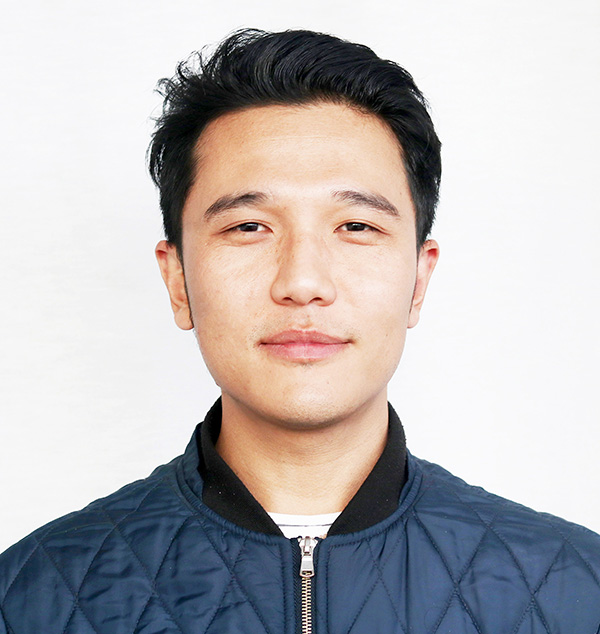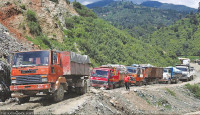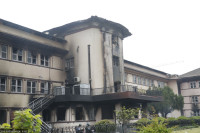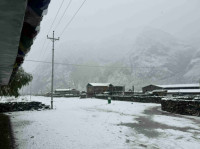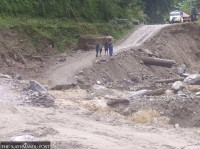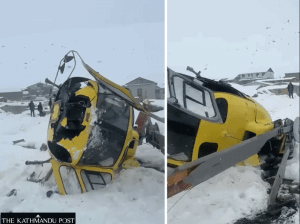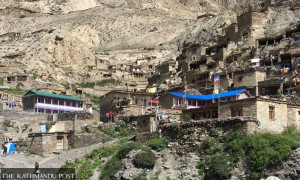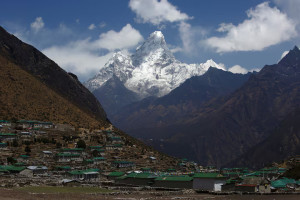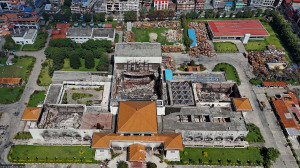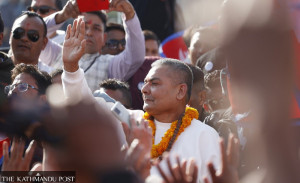National
Coming together for good
How a story on a village resulted in a campaign to provide villagers with clean drinking water.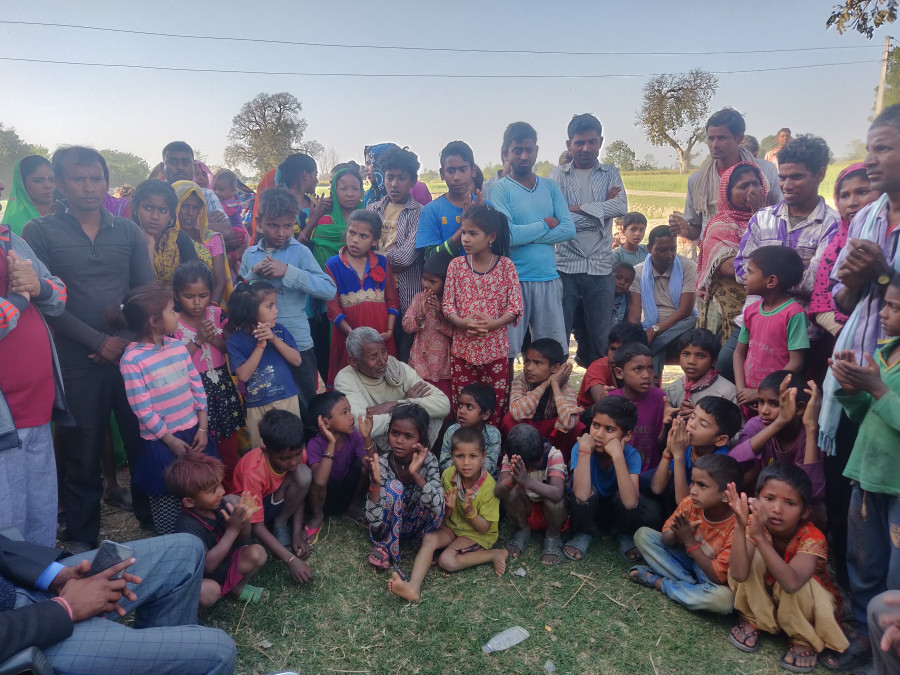
Tsering Ngodup Lama
On March 11, a three-wheeler pickup drove into Neemkhotiya village in Bardiya. On the back of the truck, there were five bio-sand filters meant to be delivered and distributed to families in the village. The van stopped near the village’s community hall, and the driver and his helper unloaded the filters. They then drove back to the filter factory in the nearby town of Gulariya to get the next batch. The truck would make several trips to deliver all 40 filters.
As soon as the filters were unloaded near the village’s community hall, a group of children quickly gathered around, like bees around flowers. Many of them laughed in excitement at seeing the filters, which were painted bright blue. Over the next two days, many of these filters would be placed in these children’s homes, and for the first time, they would have easy access to clean drinking water.

The truck that delivered the filters. [Photos: Tsering Ngodup Lama]
I watched all of this unfold, sitting under the shade of one of the trees near the community hall. While some children played with the filters, others ran after the van as it sped away, leaving behind a trail of dust. Some village elders milled near the hall—some under tree shade, others under the shade of the hall’s building. I remembered many of those faces from my first trip to Neemkhotiya at the start of 2019.
When I first came to the village on January 26, I learned that many of the village’s residents are stateless. The majority of the residents are Madhesi Dalits, and without citizenship, they have been forced to lead lives of abject poverty.
I reported on Neemkhotiya for a story published in The Kathmandu Post on February 8. The report was widely shared online and even gave me my 15 minutes of fame on Twitter. The story helped represent the difficult realities of the residents of Neemkhotiya, which had never before been covered in mainstream media. But where it hasn’t succeeded so far—and somewhere I desperately wanted it to—was in starting some sort of government-level dialogue to look into such cases of statelessness. The villagers had entrusted me to tell their stories in the hopes that it might result in some positive, concrete steps towards them receiving citizenship. The story did get picked up by Hello Sarkar, a government portal where the general public raises grievances.
A few days after the story got published, I called Pramod Raidas, one of the main characters of the story. I shared with him my desire to help alleviate, in some ways, the daily challenges the residents of Neemkhotiya face. We concluded that making clean drinking water accessible to the villagers was one of the best ways to help. Until three months ago, Pramod and his family drank water straight from one of the many handpumps. This, Pramod said, gave him kidney stones. A doctor advised him to buy a water filter. Pramod didn’t have the money, so he took a loan of Rs 4,500 and purchased a bio-sand water filter. But the majority of the villagers, Pramod said, still drank contaminated underground water. The solution we came up with was to donate a bio-sand water filter to every family in the village.

Kesh Rani Raidas with her eldest son.
With this information, I reached out to my family members, friends, and many who had read the story. Dozens of people came forward, wanting to help in any way they could. It was one of those moments when I felt truly grateful for being a journalist and for the editorial freedom to choose the stories I tell and a platform to tell them to a large audience. The story and the outpouring of help reinforced my belief in journalism and the power it yields in shaping discourses, humanising other people’s realities and motivating people to bring about positive changes.
Donations poured in—from people from all walks of life—and after weeks of coordination with Pramod and Sudhansu Sharma, a local of Gulariya, on March 11, we distributed the first of the forty filters to the residents of Neemkhotiya. Kesh Rani Raidas, who was also featured in my story, was the first to get a filter. With a wide grin on her face, she told me the blue filter looked good in her home, which she shares with her husband, her four children, a daughter-in-law, and her two-month-old grandson. Today, 43 families in Neemkhotiya have access to clean drinking water. I am now in the process of raising more funds to provide the village’s remaining 30 families with a bio-sand water filter each. If I become successful in doing this, the entire village will have access to clean drinking water.
The whole project made me realise a lot of things. One of which was that there are more good people here than I expected—people who don’t shy away from helping others with whom they do not share anything in common—neither caste nor religion—except humanity. Another thing I learned was that change need not always be big. It can start with the smallest of steps, and from the smallest of initiatives.




 18.12°C Kathmandu
18.12°C Kathmandu